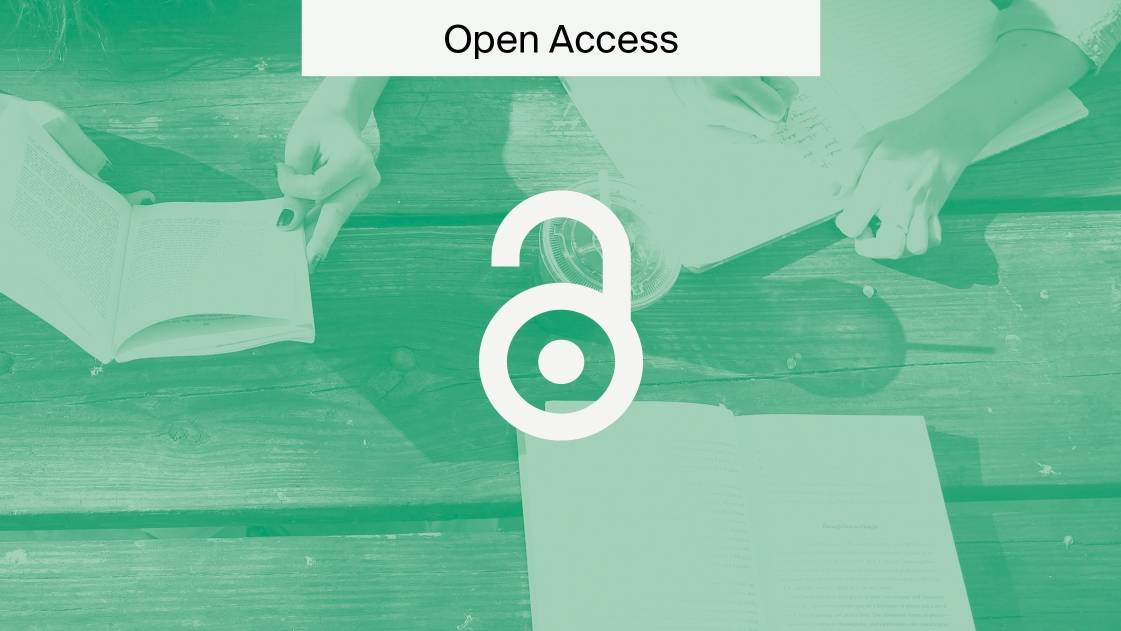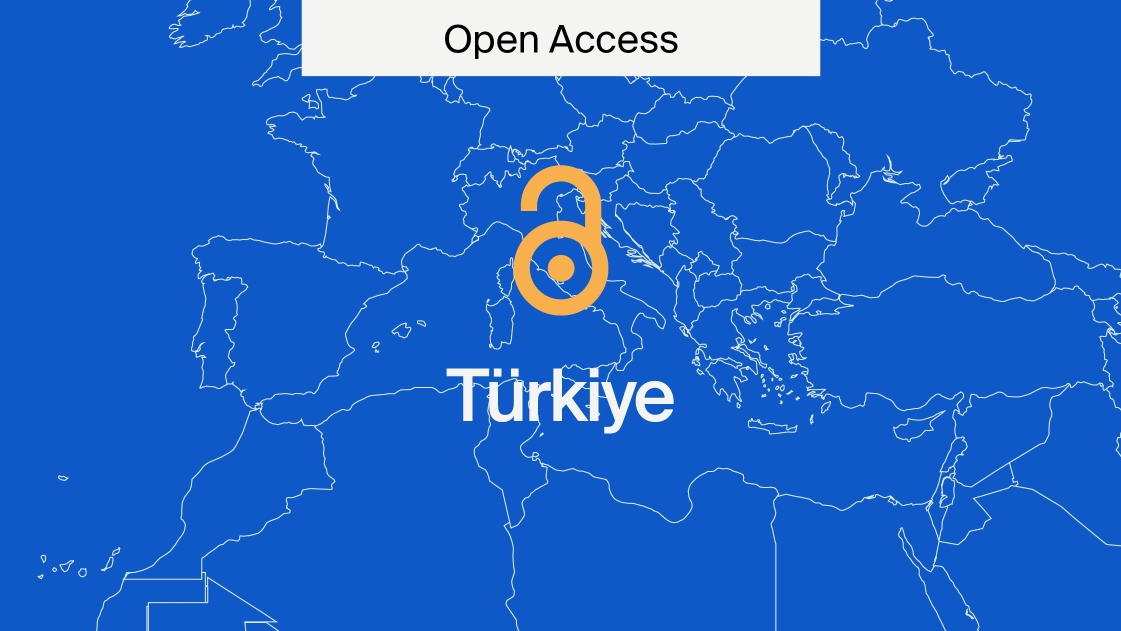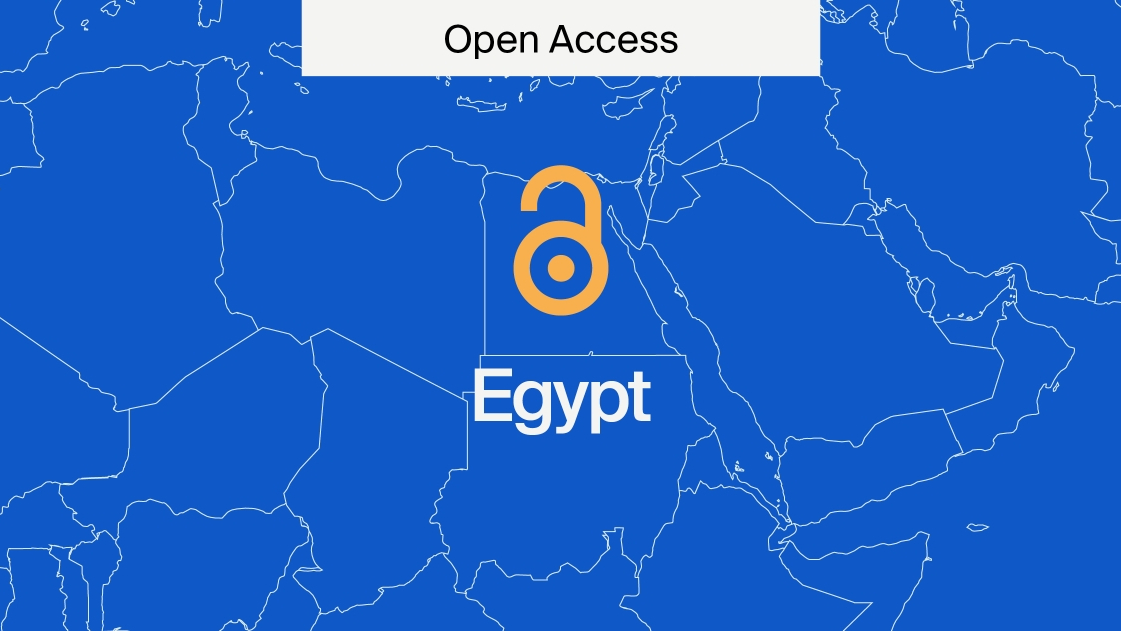
Open Access: Transparency and Accountability
Open access scientific publishing, and communication in general, has changed over the past 25 years. With the Internet, communication and publishing has become affordable to all, to the point that one only needs a few megabytes of online space, an HTML editor, and a word processor to claim to be a “Publisher”. (Even a blog would suffice to this purpose). There is no doubt that a number of dubious operations from across the globe are popping and claiming to be academic publishers.
Opinions on open access
There are numerous people who claim that open access publishing is inherently biased. The reasoning is that authors have to pay a publishing fee in order to publish their paper. Similarly, their analysis concludes that open access journals would therefore only receive manuscripts of lower quality, unpublishable by other journals. This can be a fairly simplistic analysis and shows some lack of understanding in a general sense.
Standards for open access
Professional open access publishing operations, such as those maintained by MDPI, have a clear separation between editorial and administrative matters. Using the industry standard peer-review procedure and external academic editors that volunteer to oversee a journal’s peer-review and decision-making processes, the decision to publish a particular paper is decoupled from financial incentives or particular interests of the publisher. There is no reason to believe that a subscription journal should apply higher standards in peer-refereeing manuscripts compared to an open access journal. It is even less clear how to apply this claim to an entire publisher. Each journal has its own editorial team and lead editor, with different policies, strategies, and standards as to what is deemed publishable.
Process of peer review
Generally, academic editors don’t receive compensation per paper published, and such a compensation would clearly violate this separation of concerns between editorial and administrative management. It would also increase concerns on the integrity of the journal applying this scheme. Most academic editors, like referees, provide their work for free. In some cases, academic editors receive a small, fixed compensation to run the editorial office of a journal. As an example, this can be to hire a student to serve as the editorial assistant or to provide office materials. However, an increasing number of journals, especially larger ones, have in-house assistant editors who are continuously and professionally trained by the publisher. These assistant editors typically coordinate the refereeing of the submitted manuscripts under the supervision of the external, academic editors. For large journals, it impossible to have a full-time researcher to manage the review procedure for hundreds of submitted manuscripts.
Subscription vs. open access publishers
Going back to the comparison of subscription publishers versus open access publishers, we should note that the open availability and licensing of open access journals does in fact increase the transparency and accountability of scientific research. It becomes easier for software to detect possible mistakes or cases of plagiarism. Applying such software on copyrighted content from subscription publishers is, in most cases, illegal. Also, open access journals are open to a much higher scrutiny due to their public exposure and larger readership.
Peer review
One of the most critical aspect of scholarly publishing is peer-review. Although often criticized, peer-review is still the best system to date to ensure the publication of high quality scientific works. Nevertheless, it happens occasionally to both subscription as well as open access publishers. Partly plagiarized papers (or papers based on manipulated/fake data) can slip through the peer-review process and end up being published. A serious publisher has the obligation to investigate such cases when they are brought to its attention. The publisher should react accordingly if the paper is found to have been inappropriately published. At the same time, the publisher has to continuously improve its procedures. Training its in-house and academic editors to improve the peer-review system is a way to do so.
Experimenting with Open Peer-Review in Life
MDPI is now testing the waters to increase the accountability and transparency of this journal. As such, we will publish the peer-review reports and authors’ responses for papers published in Life. If this turns out to help increasing transparency, without hurting the intention of authors to submit to the journals or those of potential referees to peer-review for the journal, it is certainly a scheme that we will consider expanding to other journals. For an initial test phase, authors submitting manuscripts to Life will have the choice to publish the referees’ comments and their responses along with the paper. This will be done after acceptance. Referees will be given the option to sign their review comments and thus publicly reveal their identity. To protect the impartiality of peer-review, the identity of the referees is revealed to the authors until after acceptance for publication.
The original version of this article was written by Dietrich Rordorf in 2014. It has been updated for content and tone.










